#gleditsia
Explore tagged Tumblr posts
Text

Honeylocust (Gleditsia triacanthos).
2 notes
·
View notes
Text

#ORCA brigade#armored core#armored core for answer#maximilian thermidor#unsung#neo nidus#gachirin#julius emery#asterism#shinkai#split moon#vaoh#gleditsia#also malzel and the opening#I guess#closed plan#I have just been informed a second NEXT has hit the anti-satellite cannons#waiting for armored core 6
5 notes
·
View notes
Text

bored on tuesday so here’s my tummy and a brand new tattoo
@k1nky-r0b0t-g1rl @catboybiologist
#tgirl tummy tuesday#tummy tuesday#transfem#selfies#honey locust#gleditsia triacanthos#tattoos#girls like us
12 notes
·
View notes
Photo
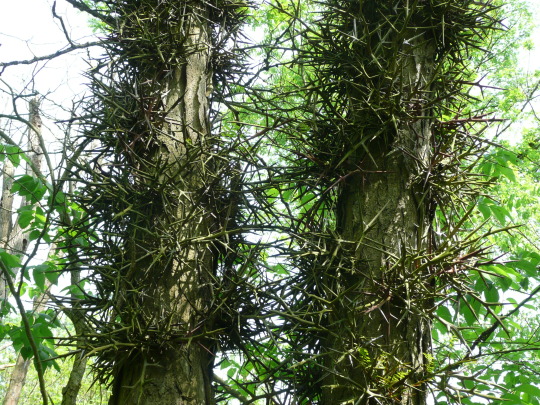
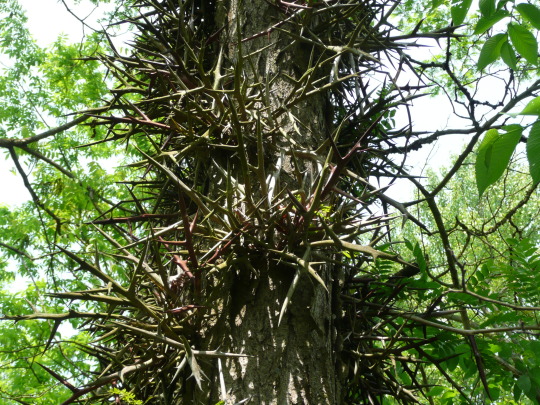
Honey Locust hours
34 notes
·
View notes
Text
Juvenile honey locust (Gleditsia triacanthos) I found at work. It's starting to grow spines. Eventually those can get 4 or 5 inches long.

5 notes
·
View notes
Text
Buy Gleditsia Trees - www.mailordertrees.co.uk
Gleditsia trees, known for their delicate foliage and resilience, make an elegant addition to any landscape. Discover various species at https://www.mailordertrees.co.uk/collections/gleditsia-honey-locust-trees
0 notes
Text

1 note
·
View note
Text
Plant Study: Honey Locust
Honey Locust, Gleditsia triacanthos. Hailing from the Fabaceae family, the peas, Honey Locust is a medium-large deciduous tree native to central North America. It can become very invasive outside its native area and is banned in some areas, so do your research before you plant this beautiful, edible, medicinal tree. Honey Locust is an aggressive, fast-growing, short-lived tree that establishes…

View On WordPress
#edible plants#environmental harmony#gleditsia triacanthos#honey locust#medicinal trees#native trees#north america#plant study
0 notes
Text



Honeylocust (Gleditsia triacanthos).
Dover Village Park, OH.
The honeylocust is a neat native North American tree that is characterized by its huge spikes and doubly pinnately compound leaves.
When young, the spikes are a fiery red-orange.
The spikes are likely a vestigial feature that protected the tree from browsing during the time of megafauna, but no longer have any practical use besides looking badass.
0 notes
Text
[China History]How were “luxury toiletries” made and created in ancient China 1,250 years ago?[Eng Sub]
This episode is set in the second year of the Tang Dynasty Tianbao era (743 AD), during the reign of Emperor Xuanzong of the Tang Dynasty. It tells the story of a maidservant of the emperor's beloved concubine, Mei Fei 梅妃 (also known as Jiang Caiping/江采萍), who created the "Dendrobium Pearl Bath Bean/石斛珍珠澡豆" that Mei Fei/梅妃 had developed. According to the "Beiji Qianjin Yaofang《备急千金要方》" (Essential Formulas Worth a Thousand in Gold for Emergencies) by Tang-dynasty physician Sun Simiao:
洗面药:猪胰(五具切细)、毕豆面(一升)、皂角(三挺)、栝蒌实、葳蕤、白茯苓、土瓜根(各��两);上七味捣筛,将猪胰拌和,更捣令匀,每但取洗手面,白日白净如素。
【Translation】:
"Facial wash medicine: pig pancreas (cut into fine pieces), beanstalk powder (one sheng/升), Gleditsia sinensis Lam(three pieces), Trichosanthes real, flourishing, white Poria cocos, and five taels each of soil melon roots; mix the seven ingredients, grind and sift, then mix with the pig pancreas, and grind together. Use the resulting powder for washing hands and face, making them as white and smooth as porcelain during the day"
(Note: The video also incorporates a segment on the tribute pearls from Hepu, filmed with the process of "opening oysters and harvesting pearls," though the historical accuracy of the video may have some artistic liberties, so viewers should be mindful of this).
The recipe for the "Dendrobium Pearl Bath Bean/石斛珍珠澡豆" was highly sought after by the imperial concubines and princesses of the time, who affectionately referred to Mei Fei as "Hu Zhu Fu Ren/斛珠夫人" (Lady of Pearls). Not only was she skilled in traditional Chinese medicine, but Mei Fei was also a talented dancer. She was one of the eight great female talents in the Tang Dynasty, having choreographed the famous Tang court dance "Jinghong Dance/惊鸿舞" (Dance of the Scared Swan).
————————
🧚🏻Production & Model/Makeup:@曾嚼子
🔗Xiaohongshu:https://www.xiaohongshu.com/discovery/item/66c5bca4000000001f038b85?
————————
#chinese hanfu#Tang Dynasty#ancient china luxury toiletries#Dendrobium Pearl Bath Bean/石斛珍珠澡豆#hanfu#hanfu accessories#hanfu_challenge#china#chinese traditional clothing#chinese#China toiletries history#Mei Fei 梅妃#china makeup history#ancient china#曾嚼子
168 notes
·
View notes
Text
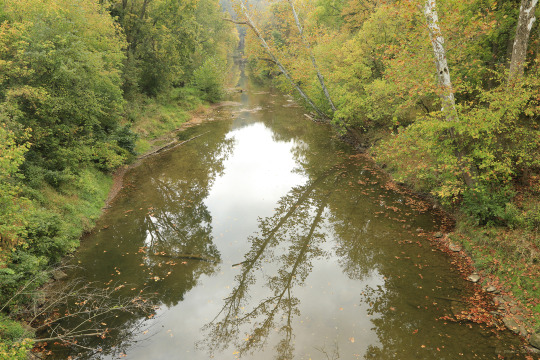
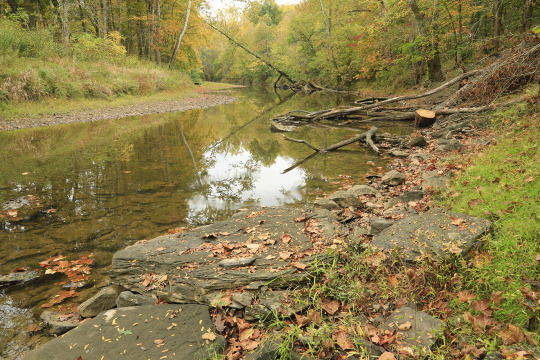






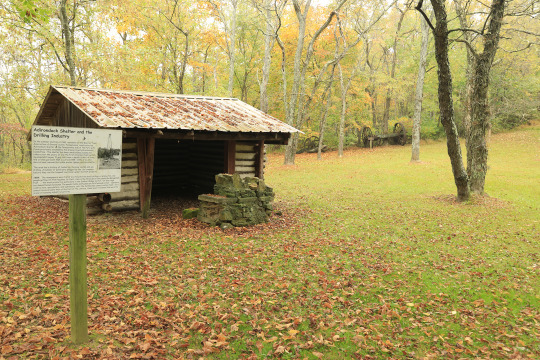
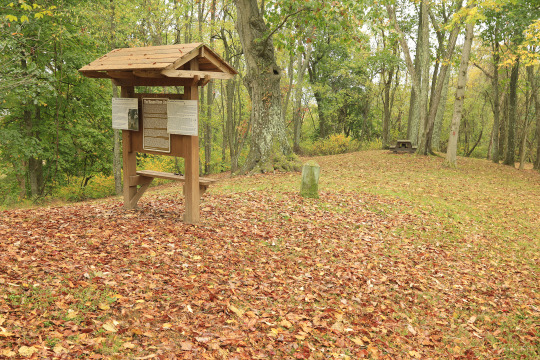
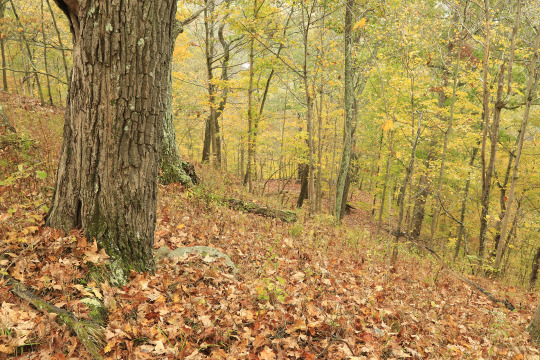
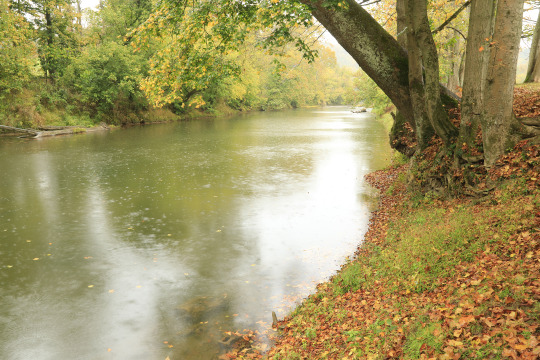
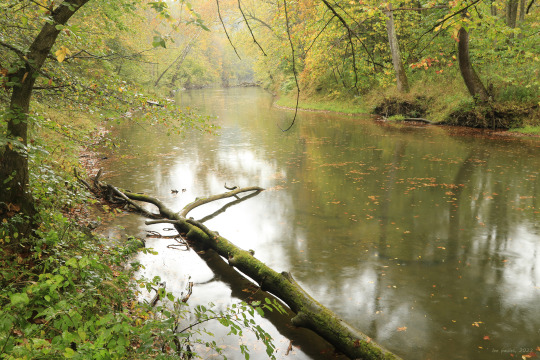

Early October on Dunkard Creek at Mason-Dixon Historical Park. Even with the first frost just around the corner, life abounds along the stream, including: sulphur shelf fungus (Laetiporus sulphureus), more commonly known as chicken-of-the-woods; fall phlox (Phlox paniculata); and the flamboyantly-beautiful New England aster (Symphyotrichum novae-angliae). The park is also at the eastern-most range of the thorny-trunked honey locust (Gleditsia triacanthos), whose common name derives from the sweet taste of its edible fruit pods.
#appalachia#vandalia#west virginia#pennsylvania#mason-dixon line#mason-dixon historical park#dunkard creek#fall#october#fungi#flora#wildflowers#sulphur shelf fungus#fall phlox#new england aster#honey locust
113 notes
·
View notes
Text
The honey locust tree (Gleditsia triacanthos) is, along with the periodic cicada, to me one of the great symbols of American weirdness.
When one contemplates the great temperate, deciduous forests of eastern America, at first glance it is easy to see in them a transatlantic continuation of the forests of old Europe. The "oak and ash and [haw]thorn" of Merrie England's countryside are all present, as are beech and maples and other plants that would have been familiar to the English, Dutch, and French who first settled this land. There are certainly forests in the eastern states where, if you squint, you can almost see a troupe of fairy tale knights and ladies riding on brightly caparisoned horses coming round a corner of the trail.
But, upon closer inspection of these forests, we find...the honey locust. A canopy tree with an eccentric growth habit, whose trunk is armored with what can only be called spikes that are sometimes well over three inches long, that produces in fall weird foot long beans full of a semi-sweet manna, and whose wood burns as hot as a coal fire, the only medieval text it would fit neatly into would be the wild travel tales of John Mandeville. And so, for me, it is a symbol of all that is distinctively American, distinctly of thr New World
There's other trees that have a similar effect - the pawpaw with its lumpy, banana-custard fruits, its Goth dried blood flowers, and its giant leaves that smell of diesel fuel; or the tulip-poplar, which hides flowers as bright as the morning sun on top of a trunk a hundred feet tall; or the bald cypress, a conifer that loses its needles every winter and that lives longer than whole civilizations; but the honey locust, common even on suburban streets and city parks, is one of the most frequently encountered and obviously weird of them, and so it's the one I always gravitate towards as a symbol.
38 notes
·
View notes
Text




G – Gleditsia triacanthos L. – Spino di Giuda (Fabaceae)
10 notes
·
View notes
Text


Made myself some honey locust earrings
7 notes
·
View notes
Text
This is honey locust (Gleditsia triacanthos) a tree native to my area. It is covered is giant, very sharp thorns that evolved to keep giant ground sloths from eating them. There is a thornless variant that often gets used as a decorative plant, but I like the pointy version more


26 notes
·
View notes
Text

Gleditsia trees, known for their delicate foliage and resilience, make an elegant addition to any landscape. Discover various species at https://www.mailordertrees.co.uk/collections/gleditsia-honey-locust-trees
0 notes